Kepler found its longest-period exoplanet ever
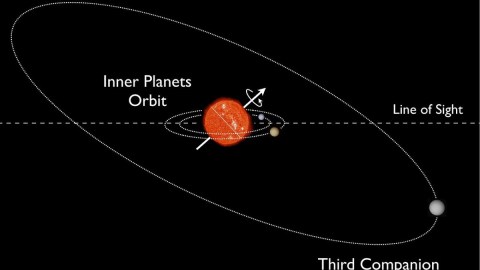
And it didn’t even need a transit to do it!
“Mars is much closer to the characteristics of Earth. It has a fall, winter, summer and spring. North Pole, South Pole, mountains and lots of ice. No one is going to live on Venus; no one is going to live on Jupiter.”
–Buzz Aldrin
The Kepler spacecraft was one of the most brilliant technical and scientific achievements of the 2010s. By launching a telescope into space and pointing it at the same field-of-view of stars for years and years, collecting the light from each one continuously, it became sensitive to tiny, minuscule variations in the intensity of their starlight.
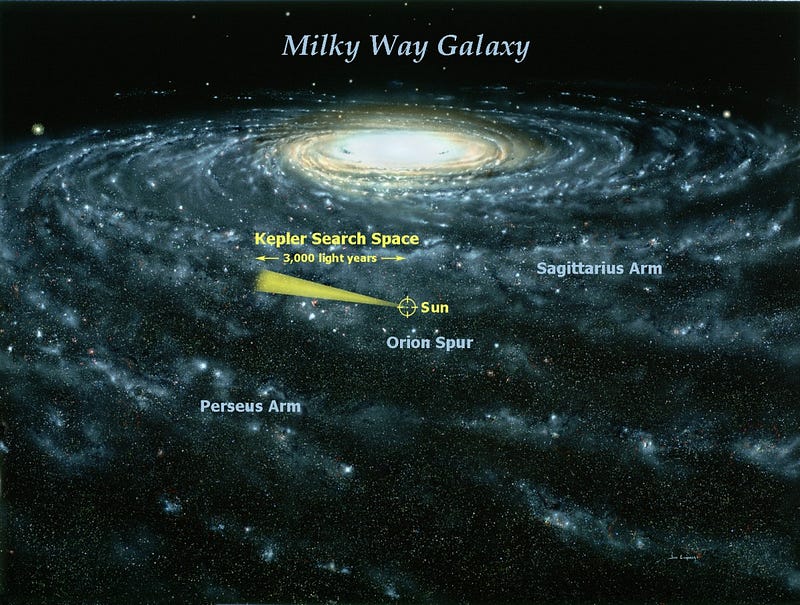
There are a number of reasons the amount of light a star emits could vary in intensity: it could be an intrinsically variable star (like a Cepheid, RR Lyrae or Delta Scuti variable, among others), it could be an eclipsing binary star system (an example of an extrinsic variable star), where one star periodically slips behind the other, or it could be due to the most exciting reason of all: something is transiting in front of that star to block a fraction of its light.
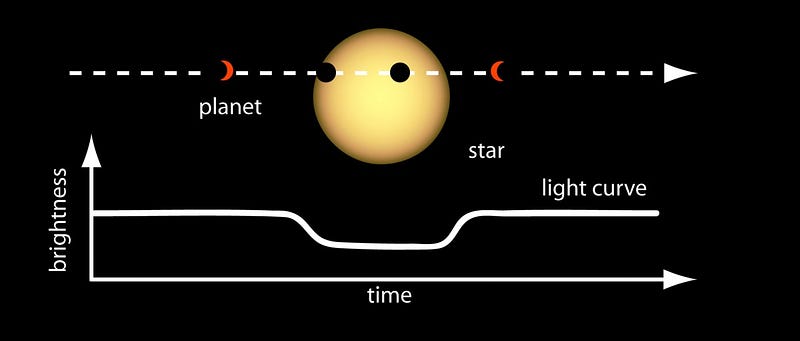
Sometimes, the transiting object could be close by, like an asteroid or a Kuiper belt object. Other times, it could be more distant, like an interstellar object. But what Kepler’s built to look for, and what it’s particularly seeking, is planets around the stars it’s looking at. In order for this method to be successful, you need for a number of things to happen all at once:
- You need the planetary orbit to be so serendipitously aligned with the star and your spacecraft that the orbital path appears to transit across the disk of the star from your point of view.
- You need the ratio of the planet’s size to the star’s to be large enough that your spacecraft can measure the transit’s magnitude.
- And you need the planet to transit across the star’s surface more than once so that you can be sure it wasn’t a foreground object having nothing to do with the star system you’re observing.
Even if every star out there had a Solar System like our own, all three of these things being true would be a relatively rare occurrence, so if you’re just searching blindly, you need lots of targets. Kepler began operation in late 2009, pointing at an area of the Milky Way containing about 150,000 stars it was sensitive to. It measured the light from those stars over a long period of time — years — and to date has found close to 10,000 planetary candidates using these criteria. Some of them turn out not to be planets after all, as lots of things can mimic a planetary signal.
This is why, if you want to confirm an exoplanet candidate, you need a second, independent method to do so.
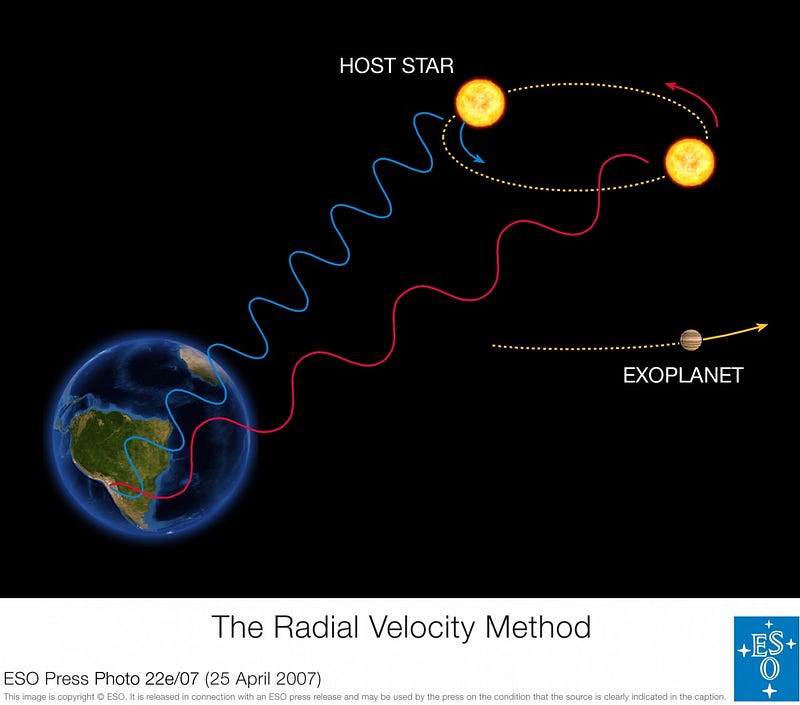
Normally, we use the stellar wobble method. Every planet that orbits a star has a mass, and just as the star pulls the planet into an elliptical orbit around it, the planet adds a tiny elliptical motion to the star’s orbit as well. This doesn’t produce a perceptible change in the star’s position, but does produce a perceptible change in the wavelength of the light emitted from the star: a redshift or blueshift, as the star moves either away or towards you in its periodic dance.
Over a thousand planetary systems discovered by Kepler have been confirmed by the stellar wobble method, including Kepler-56, which is a star that’s presently evolving into a red giant as its core runs out of hydrogen to burn. Two large, inner planets — one about the mass of Neptune and one about half the mass of Jupiter — were found around this system. The large masses and close-in orbits make these exactly the types of planets that Kepler can find most easily, and also the types of planets that can easily and quickly be confirmed via stellar wobble.
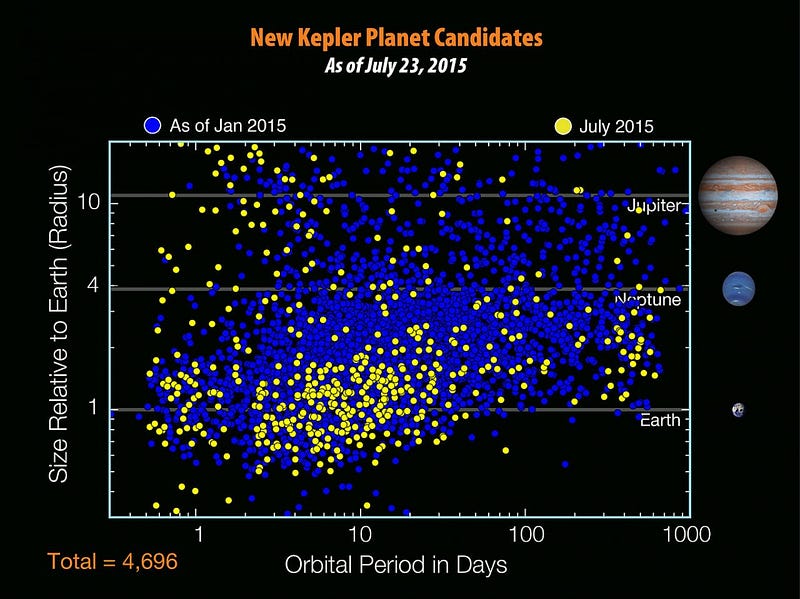
Kepler’s no good at finding planets that are much farther out than Earth is from our Sun, since in order to build up a robust, quality signal, you need multiple transits (more is better) of the planet across the star, which is very hard to do for a planet like say, Jupiter in our Solar System, which has an orbital period of 12 years, especially if your spacecraft has only been up there since 2009. To make things even worse, your chances of having a good alignment with a planet that’s more distant from its parent star drops very quickly as you move away. There’s a reason that hot, inner worlds are so abundant with Kepler: they’re the easiest ones to find.
But sometimes, you do your follow-up for the transiting planets (the ones Kepler easily finds), and when you look for the stellar wobble, you not only find it…
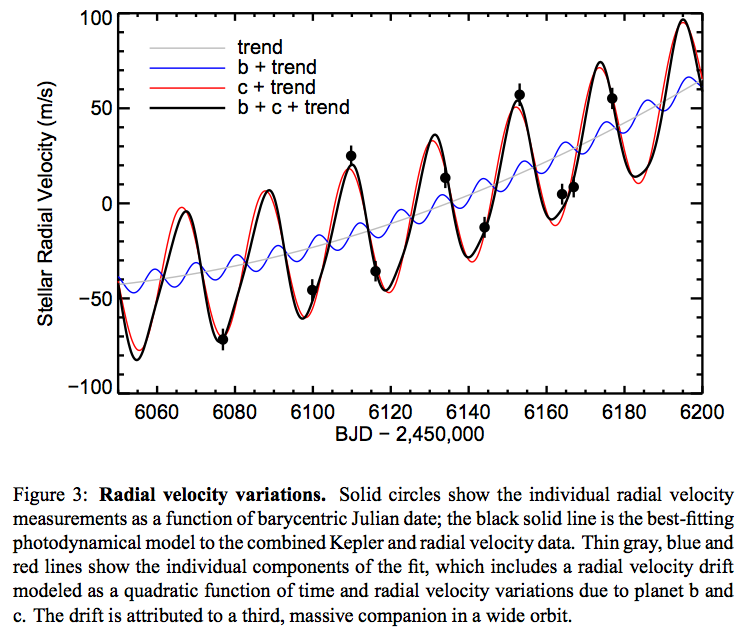
but you find something else. In the case of Kepler-56, the innermost planet (blue line) gives off a clear signal that can be teased out; the second large planet (red line, higher mass) gives off an even more prominent signal. Yet perhaps the most notable signal is just labeled “trend,” which you need to add to the two planetary signals to get the observed data. When this was first reported in 2013, it was assumed this was probably a planet, but more data was needed to know its orbital properties: mass and period. As first released this week at the American Astronomical Society’s annual meeting, Kepler-56 appears to have a third planet orbiting it — about six times the mass of Jupiter with a period of around three Earth-years — thanks to the work of Justin Otor, Benjamin Montet and John A. Johnson.
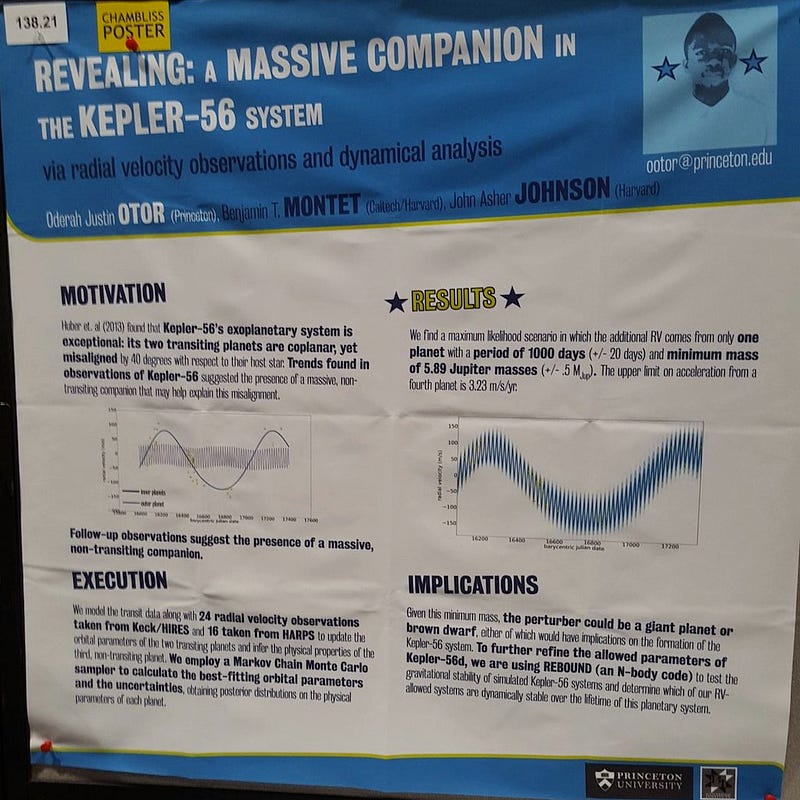
Finally, one almost complete “wobble cycle” of the outer planet has been observed with the follow-up data, and it’s actually a planet that doesn’t transit the star from our line-of-sight. It turns out that Kepler really can’t find these outer worlds on its own, but the clues that Kepler provides, of where to look for planetary systems where the stellar wobble can teach you so much more, can lead us to discover massive, outer planets that we never would’ve known to look for otherwise. Where there’s smoke, you look for the fire; where there are inner worlds, look for the outer ones. If you see the steep rise or fall associated with a massive wobble, you just might break the record.
This article was partially based on information obtained during the 227th American Astronomical Society meeting, some of which may be unpublished.
Leave your comments on our forum, and check out our first book: Beyond The Galaxy, available now, as well as our reward-rich Patreon campaign!





